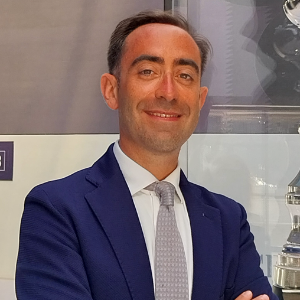Title : Neuroscience education: From ‘learning by doing’ in the classroom to technology-enhance learning
Abstract:
In 1906, the Italian biologist and pathologist Camillo Golgi and the Spanish pathologist and histologist Santiago Ramón y Cajal shared the Nobel Prize for Medicine and Physiology ‘in recognition of their work on the structure of the nervous system’. They are considered the founders of neuroscience: for the first time, the world could visualise neurons in the brain. 118 years later, neuroscience has changed the landscape of bioscience research. It is an overall young discipline that is still growing at an incredible rate. From an educational perspective, it has fully embraced the digital revolution, which the pandemic has accelerated, and is attracting students from a high number of scientific backgrounds, from biology to medicine, from psychology to engineering, from philosophy to computing. But what will the future of neuroscience education look like? This talk will guide the audience through some of the most innovative aspects that will shape the future of neuroscience education, from active and distance learning to the metaverse, via mixed reality, gamification and technology-enhance learning.




